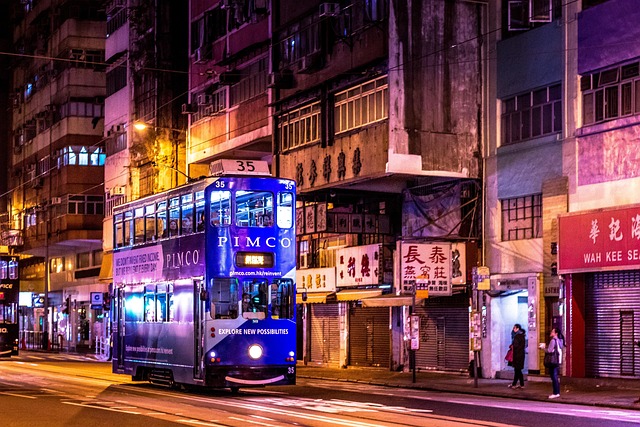Guru Mandir, a significant Sikh place of worship in Karachi, attracts devotees and visitors despite traffic congestion during peak hours. Karachi's diverse geography and varying visitor flows impact traffic patterns around the temple. Local authorities and residents collaborate to improve accessibility through smart transportation systems, public transport infrastructure upgrades, road developments, signs, light adjustments, patrols, clean-up drives, and awareness campaigns, ultimately enhancing mobility for Karachi's diverse population.
“In the heart of Karachi, Guru Mandir stands as a beacon of spiritual significance, attracting devotees from all walks of life. This article explores the intricate relationship between this historic temple and the bustling city’s traffic dynamics. We delve into the unique challenges faced by those seeking solace during peak hours and highlight initiatives aimed at enhancing traffic flow and accessibility in the area.
From understanding the historical context to the role of local authorities, we unravel the efforts to ensure a harmonious balance between spiritual practices and urban mobility in Karachi.”
- Historical Significance of Guru Mandir and Its Location in Karachi
- Understanding the Traffic Patterns Around the Temple
- Challenges Faced by Devotees During Peak Hours
- Initiatives to Improve Traffic Flow and Access
- The Role of Local Authorities and Community Efforts
Historical Significance of Guru Mandir and Its Location in Karachi
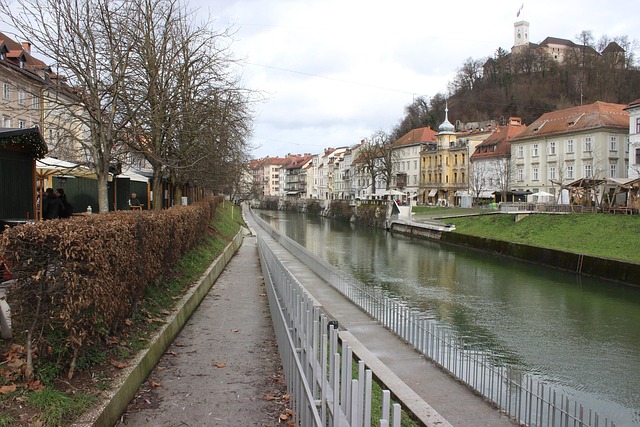
Guru Mandir, a revered Sikh place of worship, stands as a testament to the rich historical tapestry of Karachi. Located in the heart of the bustling metropolis, this temple holds immense cultural significance for the city’s diverse community. The landmark’s strategic position makes it easily accessible, drawing devotees and visitors alike from across Karachi and beyond.
Built with a vision to cater to the spiritual needs of the growing Sikh population in the region, Guru Mandir has become an integral part of the city’s cultural landscape. Its harmonious blend of architectural grandeur and serene ambiance offers a peaceful oasis amidst Karachi’s vibrant yet chaotic urban environment.
Understanding the Traffic Patterns Around the Temple
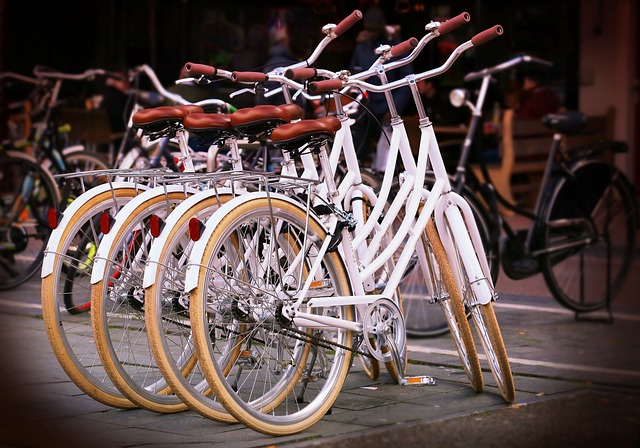
The traffic dynamics around Guru Mandir in Karachi reflect the city’s vibrant and complex transportation network. During peak hours, especially on weekends when devotees flock to the temple, the area experiences a surge in vehicle density. This is particularly noticeable on major roads leading to the temple, causing potential congestion. Understanding these patterns is crucial for both local residents and visitors alike, as it helps in planning efficient routes and managing expectations regarding travel times.
Karachi’s diverse geographical layout also influences traffic flow. The proximity of residential areas, commercial hubs, and other landmarks adds layers of complexity to the traffic picture. For instance, on weekdays, the temple might attract fewer visitors, but the nearby industrial sectors could contribute to increased vehicular movement. Recognizing these patterns allows for better urban planning and transportation infrastructure development in the region surrounding Guru Mandir.
Challenges Faced by Devotees During Peak Hours

Devotees visiting Guru Mandir, a revered site in Karachi, often encounter significant traffic congestion during peak hours, adding to their travel stress. The dense flow of vehicles, both two-wheelers and four-wheelers, makes navigation challenging, especially for those who are new to the area or have limited time. This issue is exacerbated by the narrow roads surrounding the temple, which struggle to accommodate the high volume of traffic efficiently.
The result is a slow and often frustrating journey, with devotees arriving late for their spiritual practices. To alleviate this problem, authorities could consider implementing targeted traffic management strategies, such as dedicated lanes or timing for temple visitors, to ensure smoother access during peak periods.
Initiatives to Improve Traffic Flow and Access
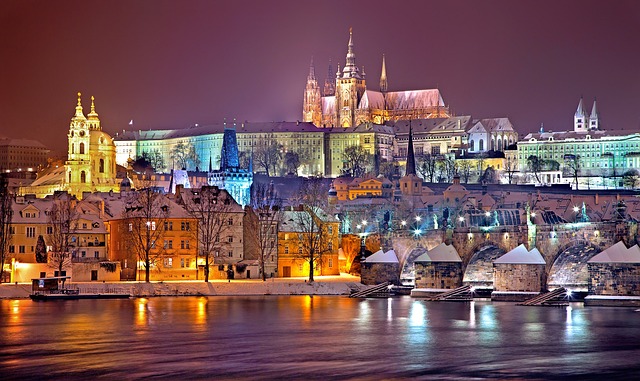
In the vibrant city of Karachi, traffic congestion near Guru Mandir has been a persistent issue, prompting various initiatives to improve traffic flow and access. The local authorities have recognized the need for comprehensive solutions to alleviate the constant gridlock in this area. One such initiative involves the implementation of smart transportation systems, including advanced traffic signal controls that adapt to real-time road conditions. These intelligent systems aim to optimize vehicle movement, reduce wait times, and minimize delays during peak hours.
Furthermore, efforts have been made to enhance public transport infrastructure, encouraging more residents to opt for buses or trains instead of private vehicles. This strategy not only helps to decrease the number of cars on the roads but also provides an affordable and efficient alternative for daily commuters. By combining these initiatives with ongoing road development projects, Karachi is taking significant steps towards improving traffic management in areas like Guru Mandir, ultimately enhancing the overall mobility experience for its diverse population.
The Role of Local Authorities and Community Efforts
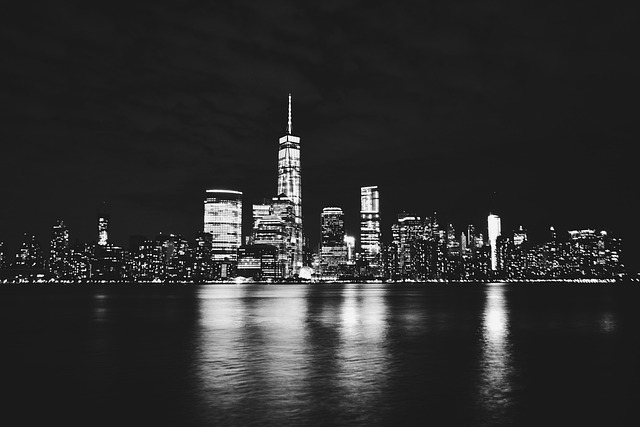
The local authorities in Karachi play a pivotal role in managing and mitigating traffic congestion near Guru Mandir, a significant religious site. They implement various strategies to ensure smooth traffic flow, including road signage, traffic light optimization, and patroling to enforce traffic rules. Regular community meetings are held to discuss challenges and brainstorm solutions, fostering a collaborative environment that empowers residents to actively participate in traffic management.
Community efforts complement these official initiatives. Local businesses and volunteers organize regular clean-up drives and awareness campaigns to promote responsible driving and respect for the surrounding area. These collective actions not only ease traffic congestion but also enhance the overall visitor experience, ensuring that Karachi’s cultural and religious landmarks remain vibrant and accessible.
Guru Mandir, a significant historical landmark in Karachi, attracts devotees from across the city. However, the surrounding traffic patterns during peak hours pose challenges, leading to long journeys and congestion. The article highlights the need for comprehensive solutions, including improved infrastructure, better public transport integration, and collaborative efforts between local authorities and the community. By implementing these initiatives, Karachi can ensure smoother access to Guru Mandir, fostering a more inclusive and respectful environment for all visitors.
